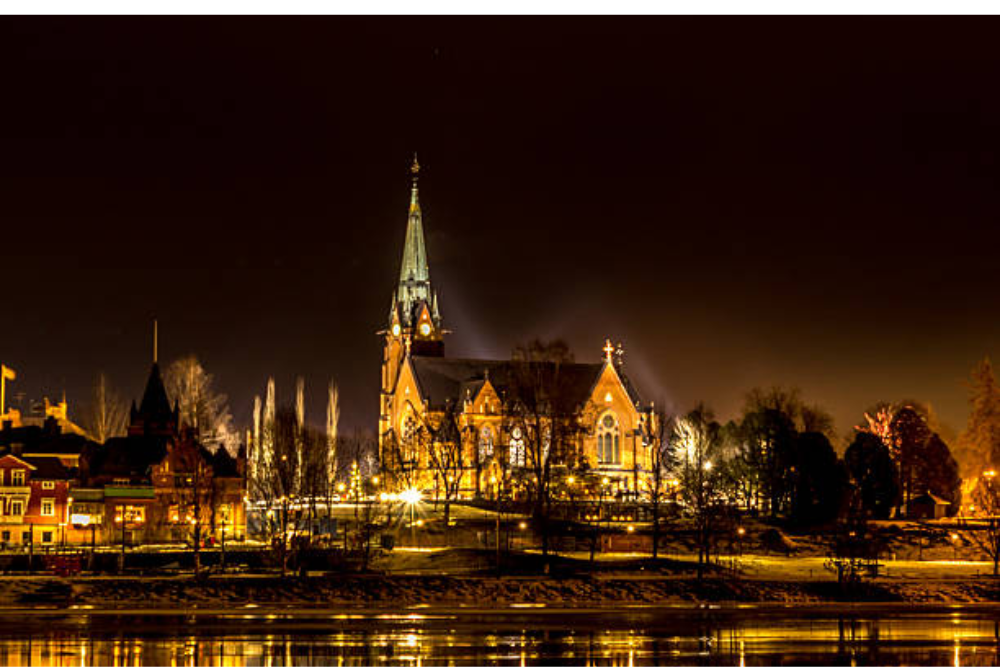Introduction
Umea is a vibrant city in northern Sweden, known for its rich cultural scene, beautiful nature, and youthful energy. Often called the “City of Birches” due to the birch trees planted along its streets, Umea is a hub for education and innovation, with a large student population attending Umea University. The city is surrounded by stunning natural landscapes, including forests, rivers, and lakes, offering ample opportunities for outdoor activities like hiking, skiing, and kayaking. Umea also boasts a lively arts and music scene, including the renowned Umea Jazz Festival and Umedalen Sculpture Park.
Hiking in the Nature Reserves
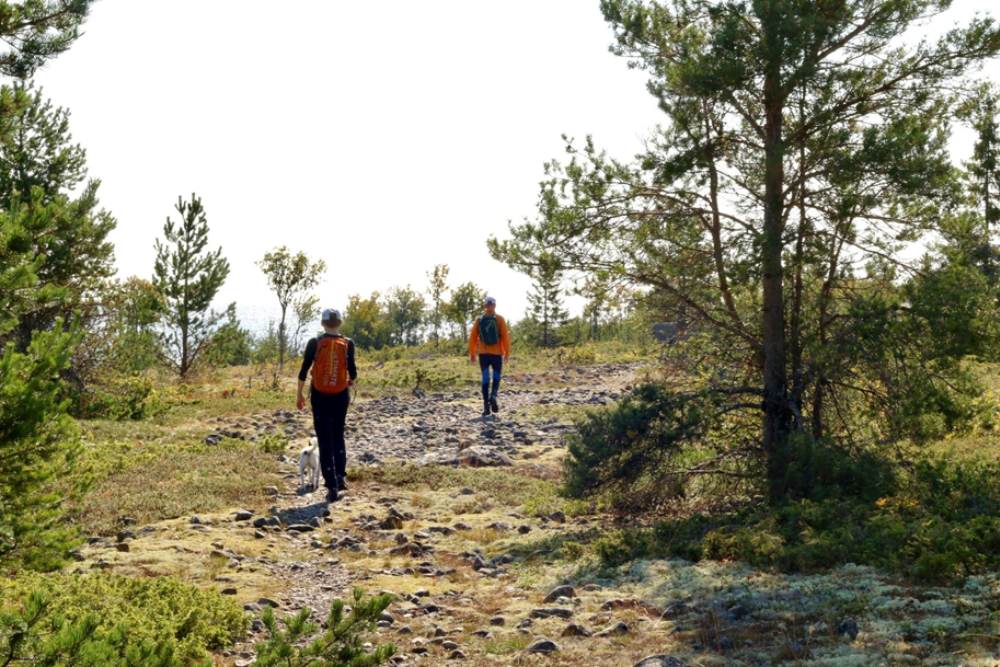
- Nydala Lake: This is a well-known spot for outside exercises, offering strolling and climbing trails around the lake. You can appreciate grand perspectives, tranquil timberlands, and even swim in the lake during hotter months.
- Tavelsjoleden Trail: A beautiful climbing trail that breezes through backwoods and by lakes. You can move up to Tavelsjoberget for all encompassing perspectives over the encompassing region.
- Vindeln Waterway Trail: In the event that you need a more drawn out experience, this path along the Vindeln Stream offers staggering perspectives and an association with nature.
Canoeing and Kayaking
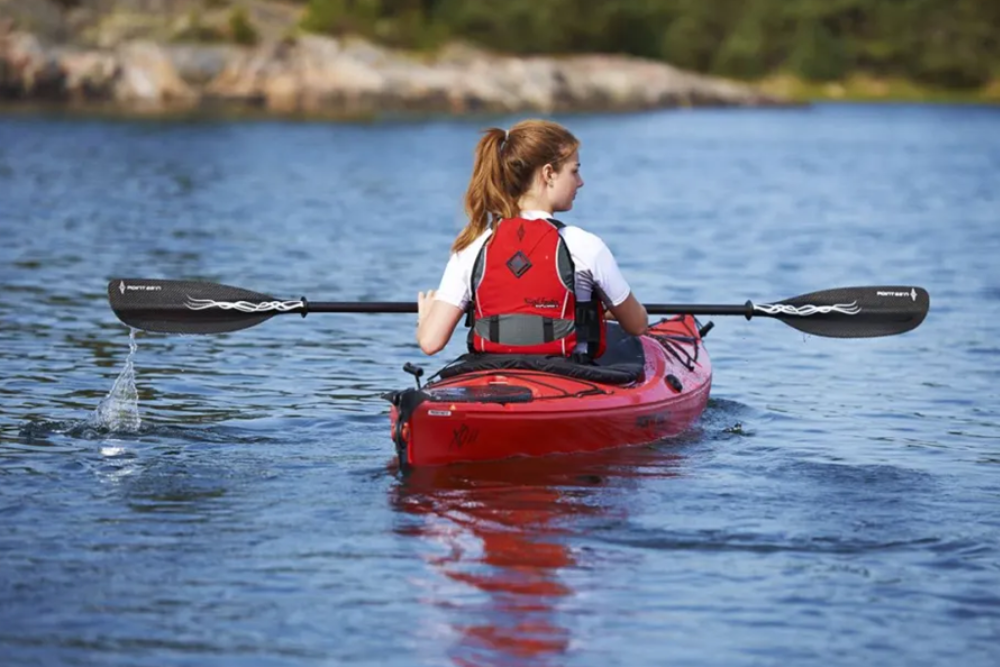
- The streams and lakes around Umea are ideal for water undertakings. You can kayak or kayak along the Ume Waterway or investigate close by lakes like Nydala, Tavelsjo, or Backsjon.
Mountain Biking
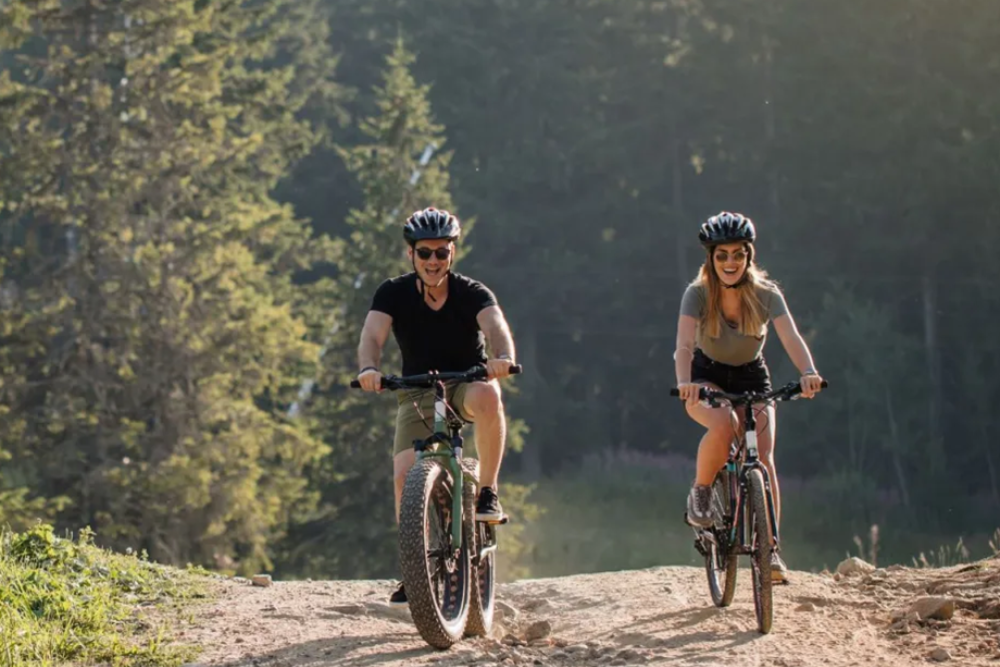
- IKSU Game: Umea has some great mountain trekking trails, and you can lease bicycles at IKSU Game. The region around Nydala and Gammlia woods are famous for the two fledglings and experienced riders.
- Obbola Bicycle Park: For additional difficult paths, go to Obbola Bicycle Park, which offers an assortment of downhill and crosscountry trails for all levels.
Winter Adventures

- Crosscountry skiing: In winter, Umea changes into a frigid wonderland. You can go crosscountry skiing at Nydala or Gammlia. The paths are all around kept up with, and hardware can be leased if necessary.
- Snowshoeing and Ice Skating: On the off chance that skiing isn’t your thing, snowshoeing or ice skating on frozen lakes is one more extraordinary method for appreciating winter in Umea.
Northern Lights and Midnight Sun
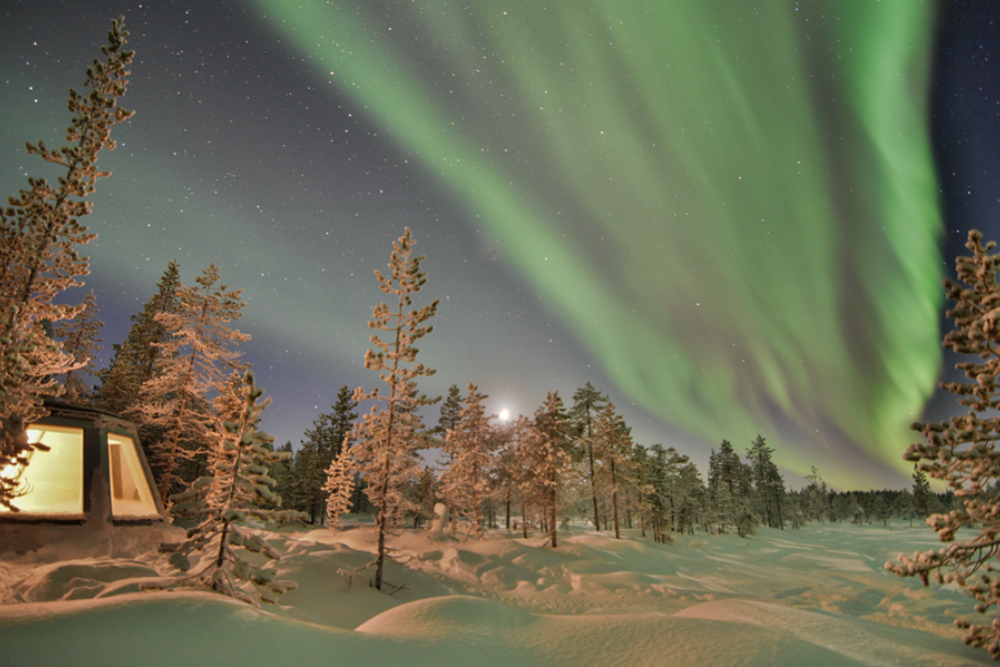
- Being in northern Sweden, Umea offers the opportunity to observe Aurora Borealis (Aurora Borealis) throughout the cold weather months, particularly from late September to spring. Interestingly, summer brings the 12 PM Sun, where the sun scarcely sets, offering novel encounters like 12 PM climbs or kayaking.
Dog Sledding and Reindeer Sledding

- For a genuine Icy experience, you can go on canine sledding or reindeer sledding visits right external Umea. Neighborhood administrator’s offer directed visits through blanketed backwoods and across frozen scenes.
River Rafting on the Vindel River
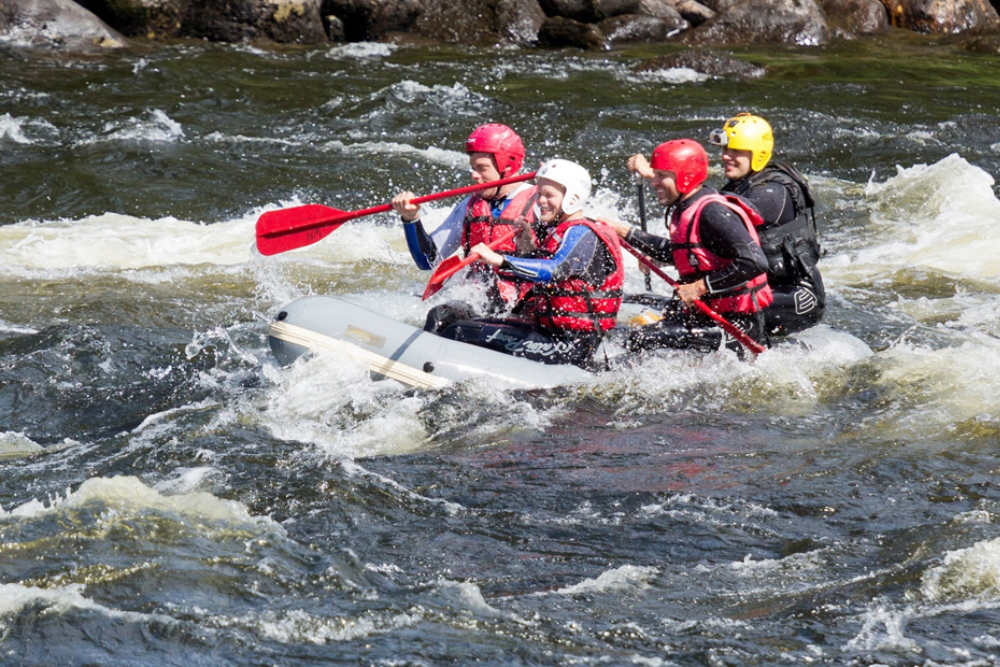
- For a seriously exciting encounter, head a piece farther from Umea to the Vindel Stream for waterway boating. The waterway offers a few energizing rapids, and there are directed visits accessible for all levels.
Treehouse Adventures

- Remain in novel treehouses or lodges in the woods close to Umea. It’s an extraordinary method for interfacing with nature while partaking in some solace and unwinding.
Fishing
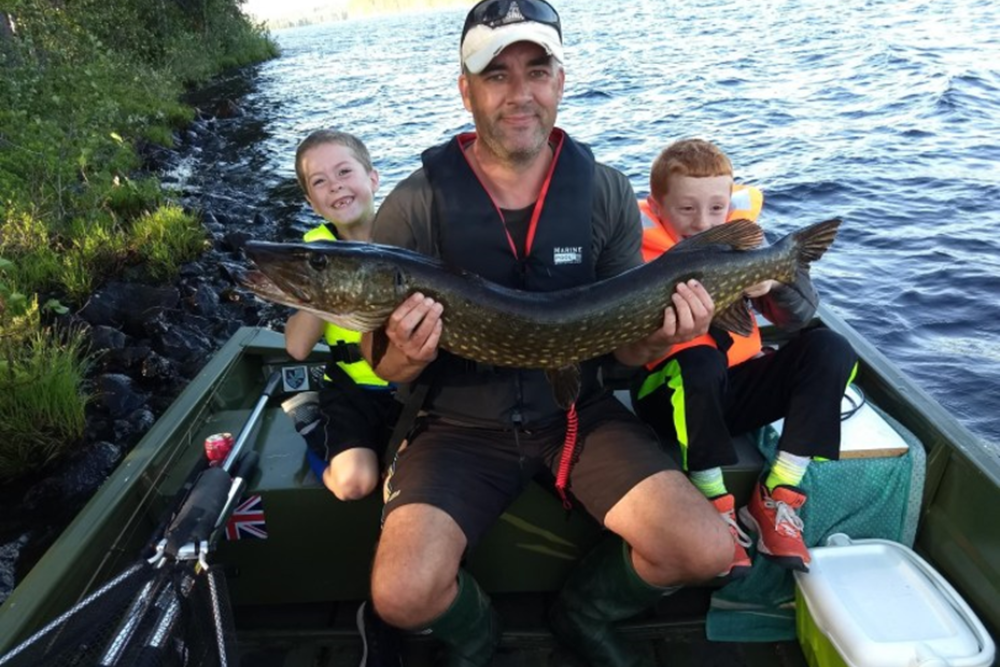
- Assuming you appreciate fishing, Umea has a lot of choices. The encompassing streams and lakes are home to species like salmon, trout, and pike. You can fish in the Ume Stream or adventure out to more modest lakes and waterways nearby.
Dos and Don’ts in Umea
When visiting Umea, it’s helpful to keep a few cultural and practical “dos and don’ts” in mind to make the most of your experience and respect local customs.
Dos
- Do Enjoy Nature: Umea is encircled by dazzling scenes, so find opportunity to investigate its woodlands, lakes, and streams. Climbing, skiing, and kayaking are well known outside exercises.
- Do Respect the Environment: Swedes esteem nature and supportability. Continuously follow the “Allemansratten” (Right of Community), which permits you to wander uninhibitedly in nature as long as you regard untamed life, property, and the climate.
- Do Dress for the Weather: The environment in Umea can shift extraordinarily contingent upon the season. Winters are long and cold, so bring appropriate winter gear if visiting among October and April. Summers are gentle, yet layers are as yet suggested.
Don’ts
- Don’t Be Loud in Public: Swedes for the most part esteem quiet and calm public spaces. Try not to talk boisterously out in the open vehicle or swarmed regions like bistros.
- Don’t Litter or Disturb Nature: Leave no follow while investigating the outside. It’s crucial for regard nature by not littering and adhering to stamped trails.
- Don’t Ignore Cycling Rules: Umea is very bicycle well disposed, and many individuals use bikes to get around. In the event that you’re cycling, try to keep traffic guidelines, use bicycle paths, and wear a cap for wellbeing.
Best time to reach in Umea
The best time to visit Umea depends on the type of experience you’re looking for, as the seasons in Umea offer very different atmospheres and activities.
1. Summer (June to August)
- The weather conditions is gentle, with temperatures going from 15°C to 25°C (59°F to 77°F), making it ideal for outside exercises like climbing, trekking, kayaking, and investigating nature. Umea encounters long light hours, and during midsummer, you can partake in the 12 PM Sun, where the sun scarcely sets.
- Nature darlings, open air globe-trotters, and the people who need to encounter Swedish summer celebrations and exercises.
2. Autumn (September to November)
- The fall tones are lovely, and the city becomes calmer. The fresh air and beautiful foliage make a quiet air, ideal for climbing and partaking in the outside without the late spring swarms. It’s additionally the start of Aurora Borealis season.
- Quiet nature encounters and Aurora Borealis sightings (particularly in late pre-winter).
3. Winter (December to March)
- Winter in Umea is a cold wonderland, ideal for winter sports like crosscountry skiing, snowshoeing, and ice skating. The temperatures can go from – 5°C to – 20°C (23°F to – 4°F), so pack comfortable apparel. Winter likewise offers an opportunity to see Aurora Borealis, particularly on clear, dim evenings.
- Winter sports lovers, Aurora Borealis searchers, and the people who appreciate comfortable winter climates.
4. Spring (April to May)
- Spring is a period of restoration as the snow melts and nature reawakens. The days get longer, and blossoms begin to sprout. It’s a calmer time, ideal for the people who need to investigate nature and the city without the cold of winter or the hecticness of summer.
- Nature strolls, calmer encounters, and the people who appreciate seeing the change from winter to summer.



